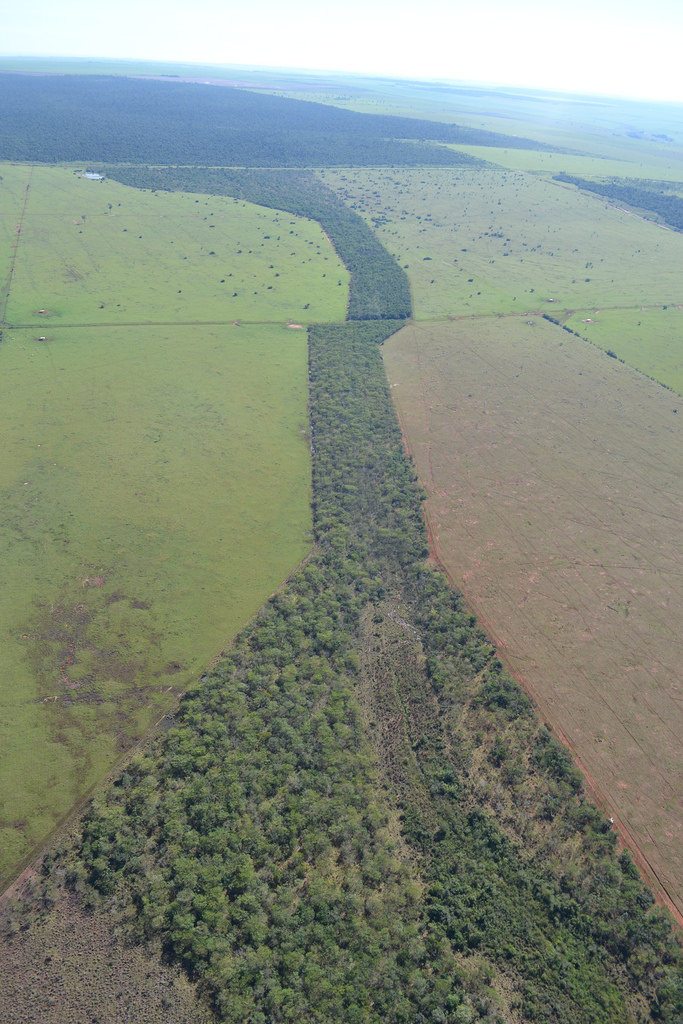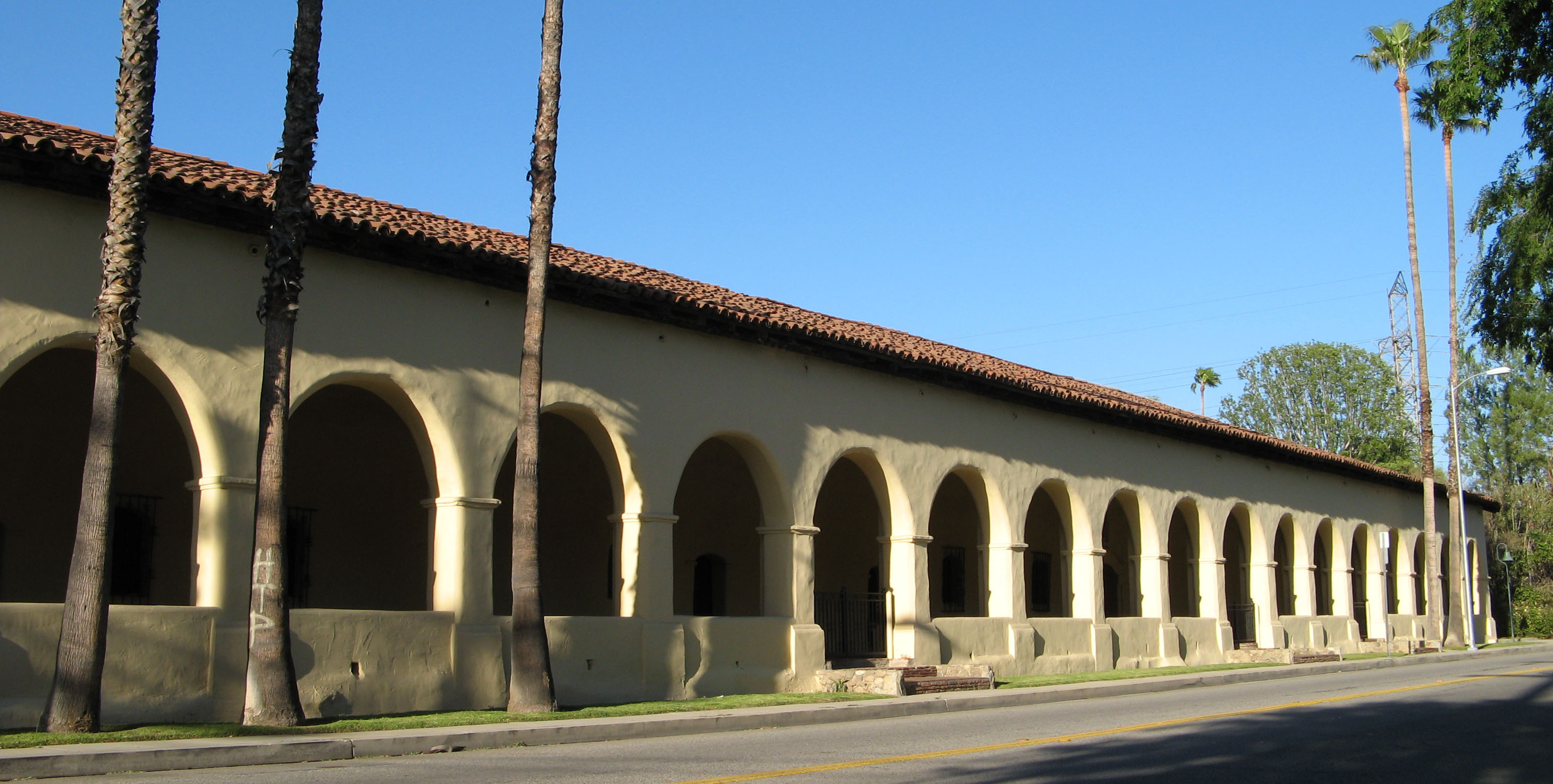|
Santa Susana Pass
The Santa Susana Pass, originally Simi Pass, is a low mountain pass in the Simi Hills of Southern California, connecting the San Fernando Valley and Los Angeles neighborhood of Chatsworth, to the city of Simi Valley and eponymous valley. It has been featured in numerous movies, including '' Shooting High'' (1940), '' Man's Genesis'' (1912), '' Judith of Bethulia'' (1914), ''Jack and the Beanstalk'' (1917) and '' Range Warfare'' (1935). Natural history The pass is the division between the Simi Hills to the south and Santa Susana Mountains to the north, and forms the most critical wildlife corridor and habitat linkage between them. The scenery is made up of sandstone formations in massive outcroppings and numerous boulders, with California chaparral and woodlands ecoregion, with oak savannahs, chaparral shrub forest, and native bunchgrass plant communities in between. The perennial water sources provide diverse habitat for birds, mammals, and reptiles. History Native America ... [...More Info...] [...Related Items...] OR: [Wikipedia] [Google] [Baidu] |
California State Route 27
State Route 27, commonly known by its street name Topanga Canyon Boulevard (), is a state highway in the U.S. state of California that runs from the Pacific Coast Highway (California State Route 1) at Topanga State Beach near Pacific Palisades, California, Pacific Palisades, through the Topanga Canyon in Topanga, California, Topanga, and continuing through Woodland Hills, Los Angeles, California, Woodland Hills, Canoga Park, Los Angeles, California, Canoga Park, West Hills, Los Angeles, California, West Hills, and Chatsworth, Los Angeles, California, Chatsworth to the Ronald Reagan Freeway (California State Route 118, State Route 118). As one of the only routes across the Santa Monica Mountains, SR 27 is heavily traveled by commuters from the western San Fernando Valley heading to Santa Monica, California, Santa Monica or Interstate 10 (California), Interstate 10. Route description SR 27 begins at California State Route 1, SR 1 near the Pacific Ocean at Topanga County Beach, ... [...More Info...] [...Related Items...] OR: [Wikipedia] [Google] [Baidu] |
Wildlife Corridor
A wildlife corridor, also known as a habitat corridor, or green corridor, is a designated area habitat (ecology), that connects wildlife populations that have been separated by human activities or structures, such as development, roads, or land clearings. These corridors enable movement of individuals between populations, which helps to prevent negative effects of inbreeding and reduced genetic diversity, often caused by genetic drift, that can occur in isolated populations. Additionally, corridors support the re-establishment of populations that may have been reduced or wiped out due to Stochastic process, random events like fires or disease. They can also mitigate some of the severe impacts of habitat fragmentation, a result of urbanization that divides habitat areas and restricts animal movement. Habitat fragmentation from human development poses an increasing threat to biodiversity, and habitat corridors help to reduce its harmful effects. Corridors aside from their benefit t ... [...More Info...] [...Related Items...] OR: [Wikipedia] [Google] [Baidu] |
Los Angeles Star
''Los Angeles Star'', known in Spanish as ''La Estrella de Los Ángeles'', was the first newspaper published in Southern California, in Los Angeles, California. The publication ran from 1851 to 1879, written in both English and Spanish. History Early history and background The first proposition to establish a newspaper in Los Angeles was made to the city council October 16, 1850. The minutes of the meeting on that date contain this entry: "Theodore Foster petitions for a lot situated at the northerly corner of the jail for the purpose of erecting thereon a house to be used as a printing establishment. The council—taking in consideration the advantages which a printing house offers to the advancement of public enlightenment, and there existing as yet no such establishment in the city: Resolved. That for this once only a lot from amongst those that are marked on the city map be given to Mr. Theodore Foster for the purpose of establishing thereon a printing house; and the donati ... [...More Info...] [...Related Items...] OR: [Wikipedia] [Google] [Baidu] |
History Of The San Fernando Valley To 1915
The history of the San Fernando Valley from its exploration by the 1769 Portola expedition to the annexation of much of it by the City of Los Angeles in 1915 is a story of booms and busts, as cattle ranching, sheep ranching, large-scale wheat farming, and fruit orchards flourished and faded. Throughout its history, settlement in the San Fernando Valley (usually called simply "The Valley") was shaped by availability of reliable water supplies and by proximity to the major transportation routes through the surrounding mountains. Native peoples and the coming of the Spaniards Topography and early settlement Before the flood control measures of the 20th century, the location of human settlements in the San Fernando Valley was constrained by two forces: the necessity of avoiding winter floods and need for year-round water sources to sustain communities through the dry summer and fall months. In winter, torrential downpours over the western-draining watershed of the San Gabriel Mounta ... [...More Info...] [...Related Items...] OR: [Wikipedia] [Google] [Baidu] |
Mission San Fernando Rey De España
Mission San Fernando Rey de España is a Spanish missions in California, Spanish mission in the Mission Hills, Los Angeles, Mission Hills community of Los Angeles, California. The mission was founded on September 8, 1797 at the site of Achooykomenga, and was the seventeenth of the twenty-one Spanish missions established in Alta California. Named for Ferdinand III of Castile, Saint Ferdinand, the mission is the namesake of the nearby city of San Fernando, California, San Fernando and the San Fernando Valley. The mission was Secularization, secularized in 1834 and returned to the Catholic Church in 1861; it became a working church in 1920. Today the mission grounds function as a museum; the church is a chapel of ease of the Roman Catholic Archdiocese of Los Angeles, Archdiocese of Los Angeles. History In 1769, the Spanish Portolá expedition, Portolà expedition – the first Europeans to see inland areas of California – traveled north through the San Fernando Valley. On Augu ... [...More Info...] [...Related Items...] OR: [Wikipedia] [Google] [Baidu] |
Tataviam People
The Tataviam (Kitanemuk: ''people on the south slope'') are a Native American group in Southern California. The ancestral land of the Tataviam people includes northwest present-day Los Angeles County and southern Ventura County, primarily in the upper basin of the Santa Clara River, the Santa Susana Mountains, and the Sierra Pelona Mountains. They are distinct from the Kitanemuk and the Gabrielino-Tongva peoples. Their tribal government is based in San Fernando, California, and includes the Executive Branch, the Legislative Branch, the Tribal Senate, and the Council of Elders. The current Tribal President of the Fernandeño Tataviam Band of Mission Indians is Rudy Ortega Jr., who is a descendant of the village of Tochonanga. The Tataviam are not federally recognized, which has prevented the tribe from being seen as sovereign and erased the identity of tribal members. The tribe has established an ''Acknowledge Rent'' campaign to acknowledge "the financial hardships placed ... [...More Info...] [...Related Items...] OR: [Wikipedia] [Google] [Baidu] |
Chumash People
The Chumash are a Native Americans in the United States, Native American people of the central and southern coastal regions of California, in portions of what is now Kern County, California, Kern, San Luis Obispo County, California, San Luis Obispo, Santa Barbara County, California, Santa Barbara, Ventura County, California, Ventura and Los Angeles County, California, Los Angeles counties, extending from Morro Bay in the north to Malibu, California, Malibu in the south to Mt Pinos in the east. Their territory includes three of the Channel Islands (California), Channel Islands: Santa Cruz Island, Santa Cruz, Santa Rosa Island (California), Santa Rosa, and San Miguel Island, San Miguel; the smaller island of Anacapa Island, Anacapa was likely inhabited seasonally due to the lack of a consistent water source. Modern place names with Chumash origins include Malibu, California, Malibu, Nipomo, California, Nipomo, Lompoc, California, Lompoc, Ojai, California, Ojai, Pismo Beach, Point ... [...More Info...] [...Related Items...] OR: [Wikipedia] [Google] [Baidu] |
Tongva People
The Tongva ( ) are an Indigenous people of California from the Los Angeles Basin and the Southern Channel Islands, an area covering approximately . In the precolonial era, the people lived in as many as 100 villages and primarily identified by their village rather than by a pan-tribal name. During colonization, the Spanish referred to these people as Gabrieleño and Fernandeño, names derived from the Spanish missions built on their land: Mission San Gabriel Arcángel and Mission San Fernando Rey de España. ''Tongva'' is the most widely circulated endonym among the people, used by Narcisa Higuera in 1905 to refer to inhabitants in the vicinity of Mission San Gabriel. Some people who identify as direct lineal descendants of the people advocate the use of their ancestral name '' Kizh'' as an endonym. The Tongva, along with neighboring groups such as the Chumash, played an important role in the cultural and economic dynamics of the region at the time of European encounter. T ... [...More Info...] [...Related Items...] OR: [Wikipedia] [Google] [Baidu] |
Nassella
''Nassella'', or needlegrass, is a New World genus of over 100 perennial bunchgrasses found from North America through South America. The Latin word ''nassa'' refers to "a basket with a narrow neck". It is usually considered segregate from the genus ''Stipa'' and includes many New World species formerly classified in that genus. As of 2011, '' The Jepson Manual'' includes ''Nassella'' within ''Stipa''. ''Nasella'' is characterized by strongly overlapping lemma margins and reduced, veinless paleae. The lemma tips are fused into the "crown", a short membrane that surrounds the base of the lemma. The rim of the crown usually has hairs. Many species form both cross-pollinating and self-pollinating florets in the terminal panicle. The self-pollinating florets have 1–3 small anthers; the cross-pollinating florets have 3 longer anthers. Some species have self-pollinating inflorescences hidden in their basal leaf sheaths. These hidden inflorescences lack glumes and usually lack aw ... [...More Info...] [...Related Items...] OR: [Wikipedia] [Google] [Baidu] |
California Coastal Sage And Chaparral Ecoregion
The California coastal sage and chaparral () is a Mediterranean forests, woodlands, and scrub ecoregion, defined by the World Wildlife Fund, located in southwestern California (United States) and northwestern Baja California (Mexico). It is part of the larger California chaparral and woodlands ecoregion. The ecoregion corresponds to the USDA Southern California ecoregion section 261B, and to the EPA Southern California/Northern Baja Coast ecoregion 8. Geography The California coastal sage and chaparral ecoregion covers about of coastal terraces, plains, and foothills between Santa Barbara, California and northeastern Baja California. This includes the southwestern slopes of the Transverse Ranges, Transverse and Peninsular Ranges, the entirety of the Santa Susana Mountains, Santa Susana and Santa Monica Mountains, the Channel Islands of California, Channel Islands, Guadalupe Island, and Cedros Island. Major urban centers located within this ecoregion include Greater Los Angeles, S ... [...More Info...] [...Related Items...] OR: [Wikipedia] [Google] [Baidu] |
California Oak Woodland
California oak woodland is a plant community found throughout the California chaparral and woodlands ecoregion of California in the United States and northwestern Baja California in Mexico. Oak woodland is widespread at lower elevations in coastal California; in interior valleys of the Coast Ranges, Transverse Ranges and Peninsular Ranges; and in a ring around the California Central Valley grasslands. The dominant trees are oaks, interspersed with other broadleaf and coniferous trees, with an understory of grasses, herbs, geophytes, and California native plants. Oak savannas occur where the oaks are more widely spaced due a combination of lack of available moisture, and low-intensity frequent fires. The oak woodlands of Southern California and coastal Northern California are dominated by coast live oak ('' Quercus agrifolia''), but also include valley oak ( ''Q. lobata''), California black oak ( ''Q. kelloggii''), canyon live oak ( ''Q. chrysolepis''), and other Califor ... [...More Info...] [...Related Items...] OR: [Wikipedia] [Google] [Baidu] |






